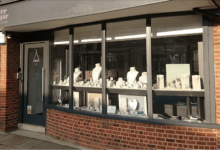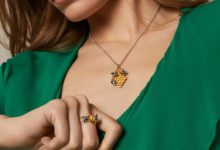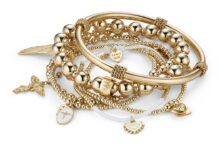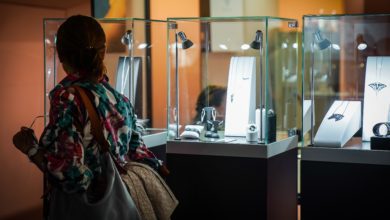SOAPBOX: Fancy colour diamonds in today’s market
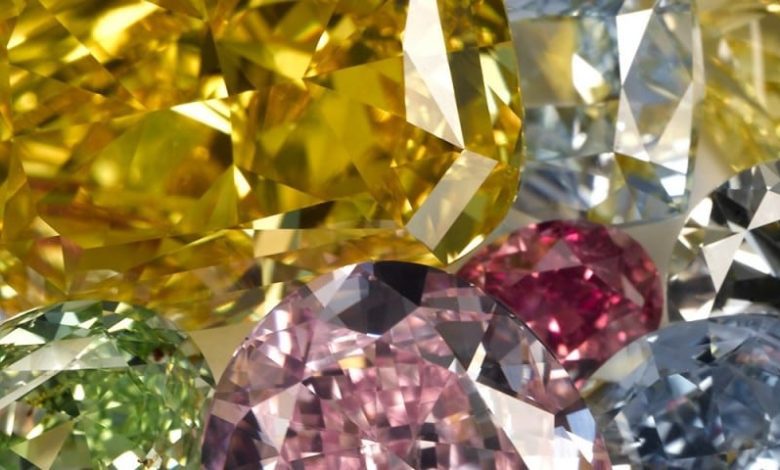
Eden Rachminov, one of the founders of the Fancy Color Research Foundation, explores how the rising popularity of fancy colour diamonds is affecting the jewellery industry, and what the increasing prices will mean going forward.
There is a growing trend in jewellery design: the post-recession global economy coupled with a dramatically increased appetite for luxurious stones in the developing markets of Asia, have created a greater demand for fancy colour diamonds in jewellery. These exceptionally rare stones present the discerning jeweller with a chance to create items of astonishing beauty and unprecedented value.
The diamonds are found randomly and unpredictably in diamond mines throughout the world and the combination of their dwindling supply and their startling beauty has made them highly sought after, pursued by sophisticated jewellery buyers and gem collectors alike. Items of jewellery made with these rare stones are unquestionably some of the most beautiful and expensive items in the world. At a Christie’s Hong Kong auction in November 2014, a 2.09 carat, heart-shaped, fancy red, SI2 diamond ring by Moussaieff sold for $2,440,000 per carat – an apt example of the unprecedented value that is attached to the jewellery of these gems.
BACKGROUND
Amidst the global financial turmoil of the last decade, one investment class stood out against a backdrop of unanimous fiscal decline, exhibiting consistent and steady growth. Whilst investors in gold and crude oil hurried to sell during the peak of the recession, fancy colour diamonds have continued to appreciate, frequently breaking world records at auctions.
Between January 2005 and January 2008, the value of fancy colour diamonds experienced steady growth driven largely by increasing consumer exposure to this asset class. As the market overheated and liquidity was abundant, fancy colour diamond prices leapt accordingly by 25%, mostly led by pink diamonds which grew by 26%. However, as surging markets transitioned into a deep recession, the stark differences between different fancy colour products became more evident. Yellow diamonds suffered a decrease in value between 2008 and 2009 as most retail consumers lowered their spending and demand plummeted while supply remained steady.
As markets slowly recovered, trading in fancy colour diamonds increased, driven largely by growing demand in the emerging economies of the Far East. The wholesale market, which prior to 2009 consisted of only a few companies that exclusively traded fancy colour diamonds, grew with incredible speed to more than 10 companies exclusively trading the stones and more than 50 companies adding fancy colour diamonds to their product portfolio in order to enjoy their growing margins. The already limited supply of the gems thus contracted further as products remained off the market until prices appreciated significantly. This trend continues today and indicates that expert jewellers who deal with fancy colour diamonds will continue to enjoy substantial returns on their craft.
JEWELLERY TODAY
What is immediately evident when looking at the current situation for fancy colour diamond jewellery is that there is a greater demand for these stones than ever before, and the way to value them goes way beyond their gemological report. Historically, relatively little has been known about this extremely rare category of stone which represents a tiny proportion of the total number of diamonds found. But as consumers around the world have woken up to the exquisite beauty of these stones and realised the feasibility of owning jewellery made with them, their popularity has reached new and unprecedented levels. Indeed some jewellery brands are adding more accessible fancy colour jewellery lines as opposed to those targeted only at high net worth individuals.
What is also evident is that cultural, personal and aesthetic preferences can have a far greater influence over the potential buyer than financial details alone. Pink diamonds derive their colour from an atomic-level lattice defect that selectively absorbs light and produces a pink hue – but in China, purity and the scientific formation of the stone may not even be considered, as fancy pinks are particularly popular because the colour symbolises vitality, happiness and celebration.
Something as innate as one’s primary childhood associations, wherein colours evoke early experiences, can be a powerful stimulus and guide one’s subconscious to a particular stone in a particular piece of jewellery.
One cannot predict what the future will hold for fancy colour diamonds and their jewellery, but one thing is certain: their value is going to increase. The rate at which the stones are being found is far slower than the rate at which the demand for them is increasing – and as more people witness the beauty of these gems for themselves, the future is bright for fancy colour diamonds.


